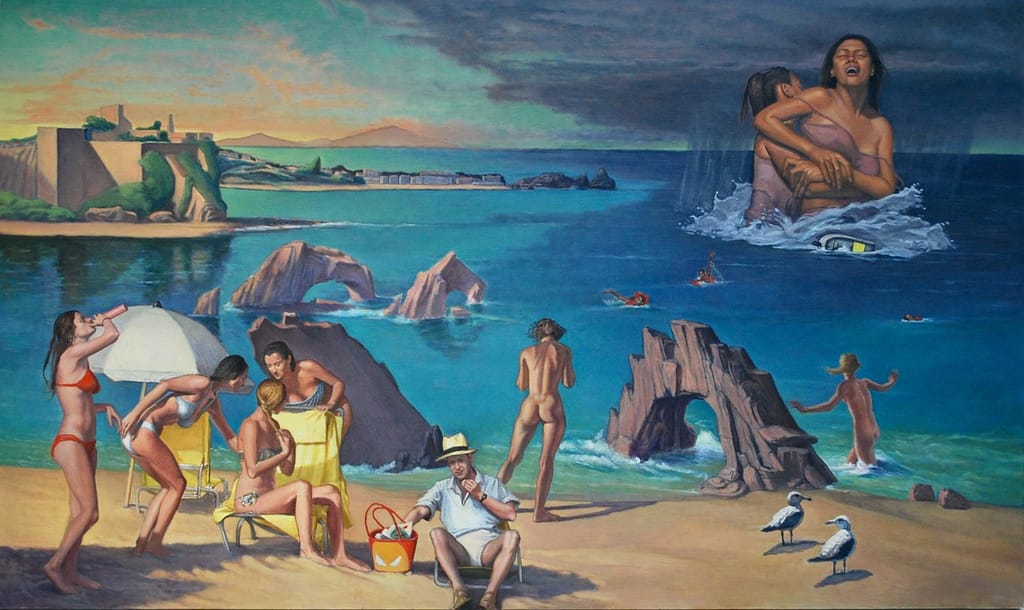Artist Q&A with David Carbone
David Carbone, Professor Emeritus of Painting and Drawing in the Department of Art and Art History, University at Albany, SUNY, received his B.F.A. at the School of the Museum of Fine Arts/Tufts University. He also spent a summer in Maine at the Skowhegan School, and later, earned his M.F.A. at Brooklyn College. He has studied with T. Lux Feininger, Henry Schwartz, Jan Cox, Barnet Rubinstein, Gabriel Laderman, Lee Bontecou, Jacob Lawrence, Jimmy Ernst, Carl Holty, Harry Holtzman, Joseph Groell, Philip Pearlstein, Alfred Russell, and Sylvia Stone. Carbone has had seven one-person exhibitions including shows at Boston’s Institute of Contemporary Art, Zoe Gallery, Boston, David Brown Gallery, Provincetown, and Hackett-Freedman Gallery, San Francisco. He is a painter, critic, and curator living in New York City. He has shown his work across the country and written for various print and online publications.

Who is your favorite artist of all time?
Really, is there anything duller than an artist talking about their love of a famous artist—we all know too well: Leonardo, Piero, or Vermeer! Yes, they are all worthy. Perhaps, having a favorite artist may even be dangerous? Often, it points to a limited experience of art or worse to a limited capacity to respond to the varieties of human experience. For me, much of the value of a life in art is found in a conversation between works of art. Art, even when it is buoyant and joyous, is a matter of contemplation and meditation; I always look toward what is hidden in plain sight.
How did you become a professional artist?
Did I have a choice? Not that my parents wanted me to become an artist; it isn’t an easy career by any … Click here to read more










